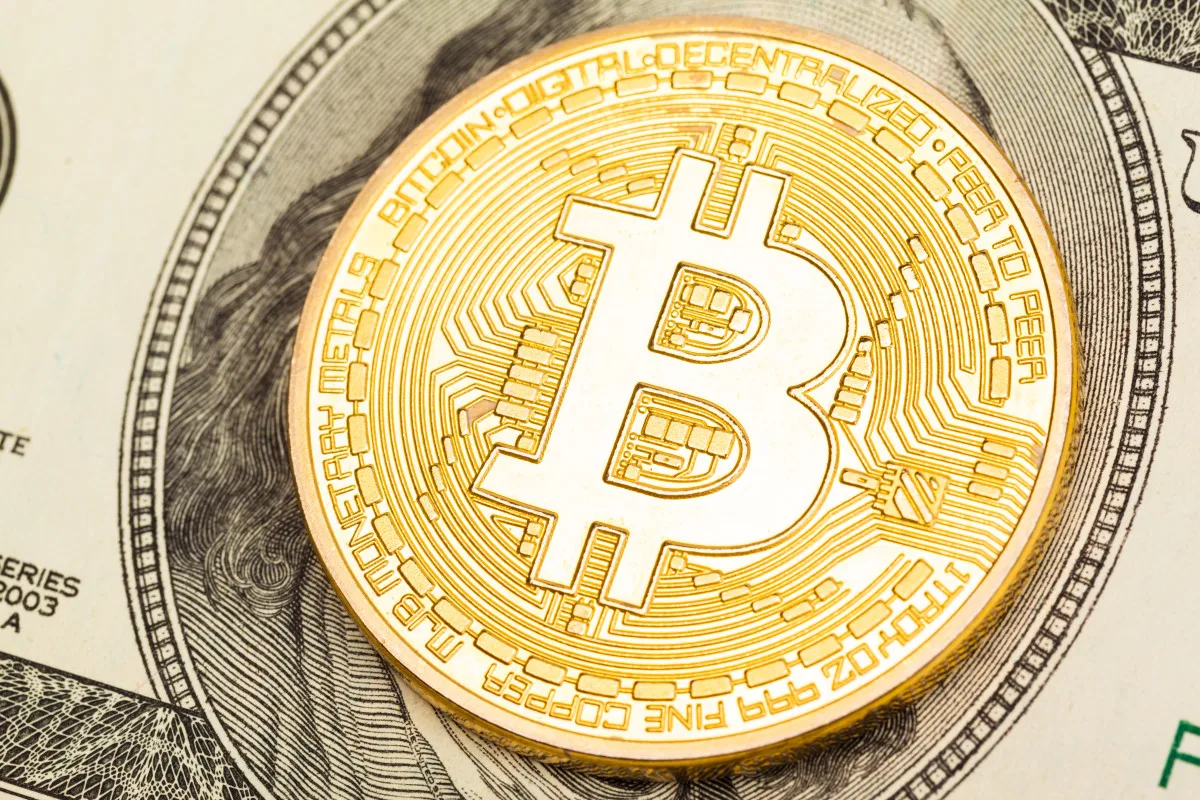Are you curious about how a behavioral science principle can make your billboard go viral? The concept of “costly signaling” holds the key. This intriguing principle suggests that when people note the high cost behind something, they often attribute greater value or status to it.
Costly signaling isn’t just an abstract idea—it’s a powerful force in advertising today. Many individuals wonder, why invest in billboards when digital ads are everywhere and relatively inexpensive? Well, billboards demand significant resources, which can signal a higher level of value. Let’s explore how costly signaling applies to billboards and examine some viral examples.
Understanding Costly Signaling in Advertising
Costly signaling theory proposes that the greater the expense or effort involved in something, the more value people assign to it. However, there are vital nuances to consider. Firstly, it’s not merely about cost; it’s about perceived cost. The signal only works if people view the cost as significant. Secondly, these signals are credible because only those with the capability to afford them can send them effectively.
In advertising terms, signals conveyed through a high investment are often rated more favorably by audiences. It’s about the time, effort, or pain—beyond money—that can amplify the message’s impact.
Real-World Implications of Costly Signaling
An insightful study entitled “Extreme Rituals Promote Prosocially” illustrates costly signaling in religion. In Mauritius, during Thaipusam, researchers found that individuals observing intense, effort-laden rituals donated significantly more to temples. The perceived cost had a direct correlation to the perceived value.
Application to Billboards
Could costly signaling be the secret to effective billboard advertising? My experiment with 200 Brits revealed that a billboard increases engagement; it made audiences 61% more likely to listen to a podcast called Nudge simply by conveying a higher expense.

By leveraging unique designs, brands can enhance the perceived cost, further increasing a billboard’s effectiveness. Let’s examine some viral examples to illustrate this point.
Notable Viral Billboards
1. The Netflix Phenomenon
To advertise 1,000 new shows, Netflix didn’t choose a standard billboard. Instead, they opted for a massive, creatively designed mural listing dozens of their offerings. This choice ingeniously elevated the perceived effort.

2. Dracula Drama Unleashed
The BBC’s ad for “Dracula” was memorable. Knives stabbed into a billboard created a dynamic Dracula-shaped shadow, visible only at night. This masterpiece captured the attention and curiosity of nearly anyone passing by.

Conclusion: The Investment is Justified
Behavioral science supports that the perceived value of a billboard significantly enhances with its expense. This investment results in higher audience engagement and potential return. Going big and creative with your billboard strategy is worthwhile.
Discover more from Make Money Online and Work From Anywhere
Subscribe to get the latest posts sent to your email.




